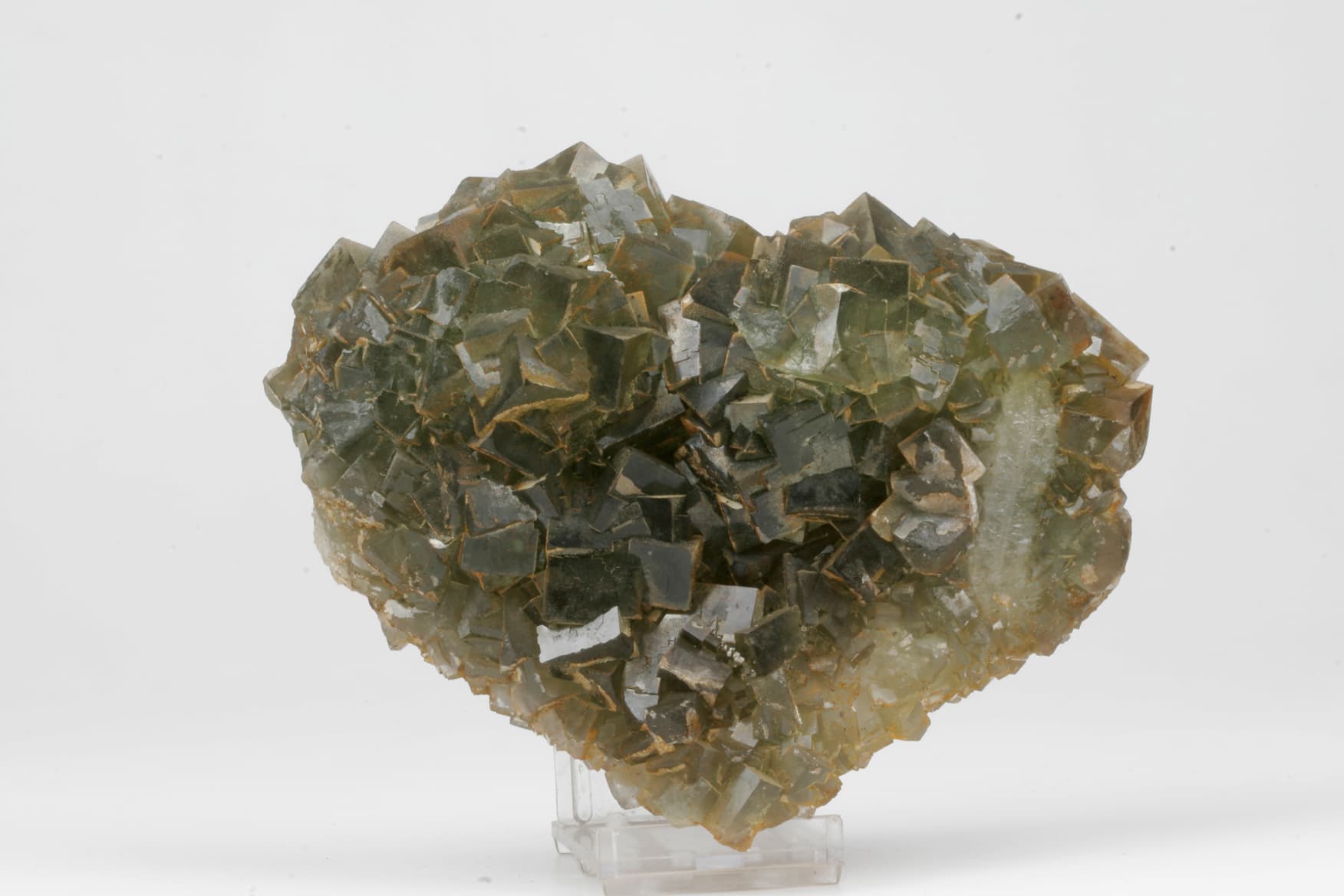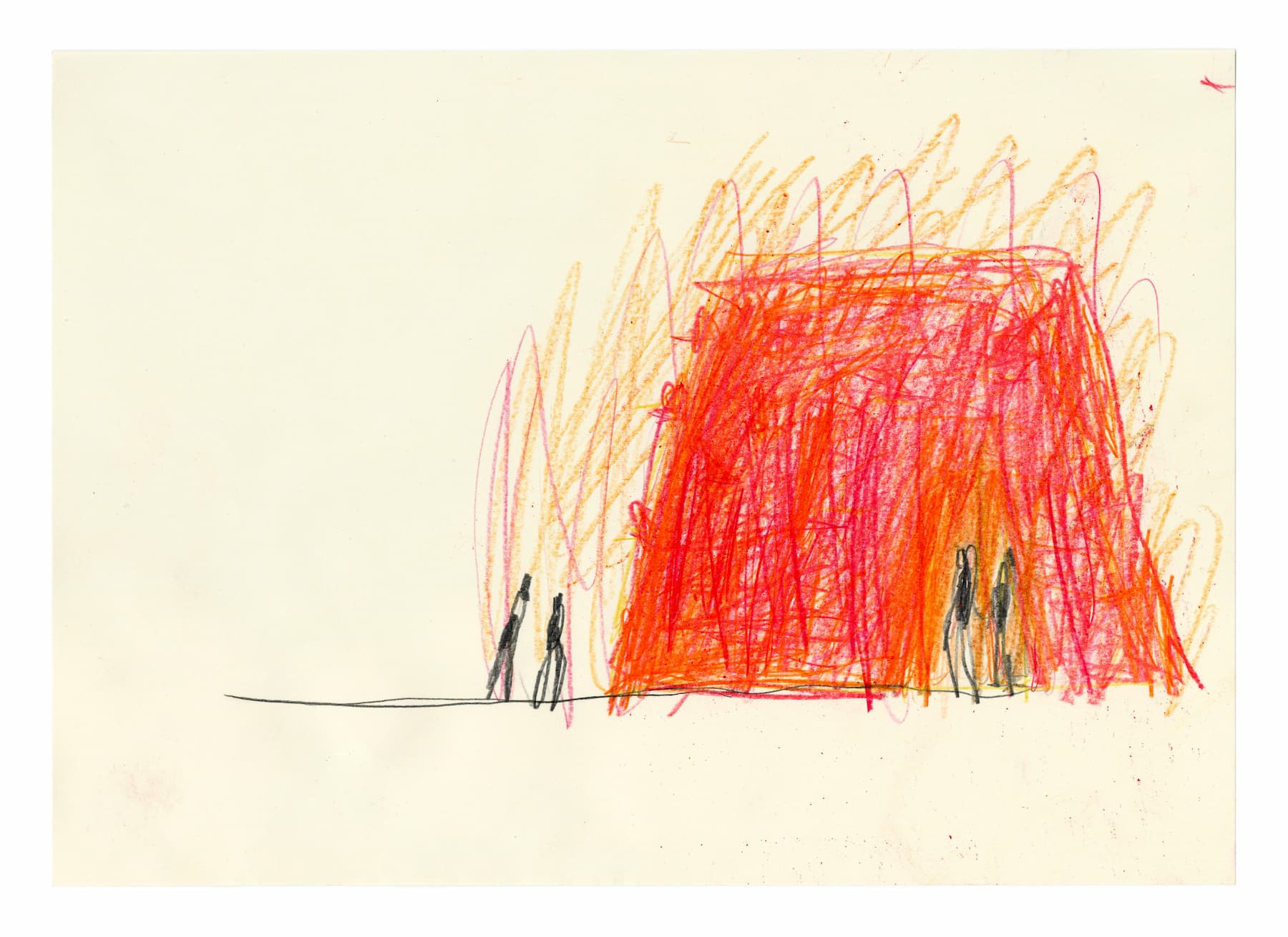“What is colour? A kind of bliss, like a closing eyelid or a tiny fainting spell,” wrote Roland Barthes. It is a kind of bliss, though, that widens its boundaries in the presence of beings or objects or materials that succeed in playing, spell-like, with the way light and electromagnetic radiation mix and vary to create colours. This is the case of the little or Eurasian bittern, a bird that is very difficult to see because of its mottled yellow camouflage plumage. Or the “Heart of Vignola", a sample of fluorite that varies its tones, from green to purple, according to the light. Or the Pedrazzite stone, whose whiteness continues to amaze scientists. Or, again, the shell of the Cetonia aurata or green rose chafer, an iridescent beetle whose flanks give off copper-like reflections.

Heart of Vignola, © MUSE
These are just some of the various exhibits that can be seen until 4 June at the MUSE Science Museum in Trento, in the exhibition Inside Colour, curated by Michele De Lucchi and Stefano Zecchi. The aim of the exhibition is to recount the physical and mental perception of colour through a hundred or so different materials selected from the museum's collection to show every nuance of the chromatic manifestations of organic life in the spheres of zoology, botany, mineralogy, petrography and palaeontology.
Arranged on the side of seven different-coloured volcanoes, these natural materials succeed in amazing and arousing emotions that only colours can activate, thanks above all to light variations and interplay. These volcanoes becomes both an archetype and container of the materials and artistic videos inside them, thanks to fade effects and images that create an immersive, multi-sensory experience.

Sketch of a volcano drawn by Michele De Lucchi
Fossils, birds, minerals, shells, insects and mammals - with some finds dating back 500 million years - are the tools used to build a scintillating archive full of mystery and magnificence, and an eternal sample collection of the enchantment and beauty that colours can spark. Stefano Zecchi, president of MUSE, says the exhibition is a meeting “of the sciences with broader humanist culture. People often think that these two strategies for understanding the world wage war against each other but, in fact, they are allies, working together to help us understand the meaning of life". And colour, he adds, "is the magic of life, as where there is no colour, there is no life".

Colour Wheel, © MUSE
One of the two curators, the famous architect and designer Michele De Lucchi, has been studying colour with the multidisciplinary AMDL Circle studio for years. One example of this is the Municipality of Rapallo in Liguria, who recently asked the architect and his studio to act as consultants regarding the colours on the town’s historic façades. The aim is to preserve and hand down the architectural, artistic and chromatic heritage of these buildings. In short, an in-depth study of historical colours to enhance the local area and create new building design guidelines with precise aesthetic criteria.
According to De Lucchi, the exhibition at MUSE, housed in the Palazzo delle Albe, started from the concept that: “Colour, in itself, does not exist. It is light, energy and vibrating particles. But we are used to seeing it as matter. The whole exhibition revolves around this relationship between matter and light, between tangible and intangible, between reality and imagination”. For something that doesn't exist, colour has certainly found a way to get people talking about it.